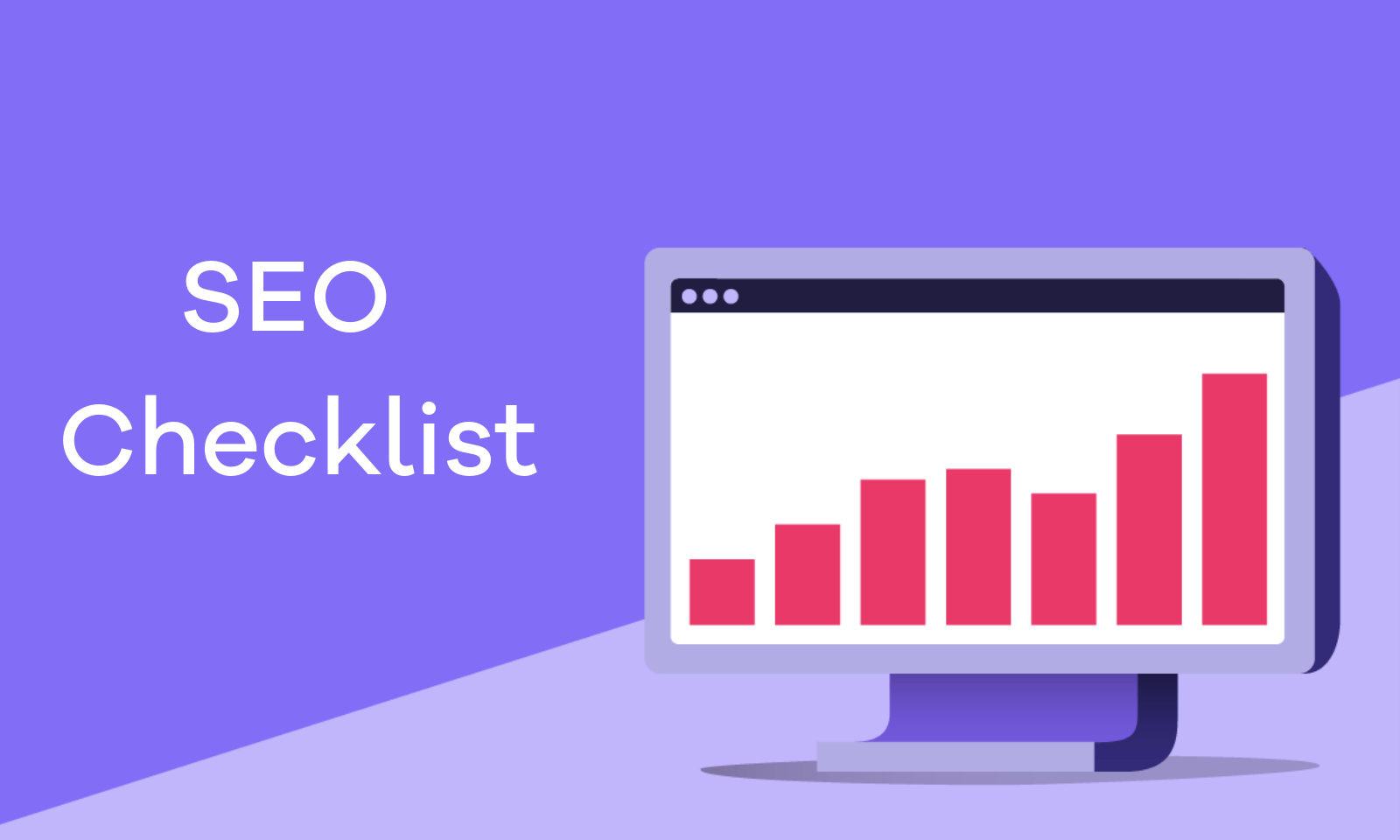
Whether you’re launching a new store or refining your marketing strategy, allocating your time and resources to search engine optimization is an important part of making sure your website's properly marketed toward right customer base. When it’s time to sit down and roll up your sleeves, consider this Volusion SEO checklist to get the most out of your ecommerce store. In this article we will discuss the following topics:
- Technical SEO
- On-Page SEO
- Off-Page SEO
Technical SEO To-Dos
Technical SEO performance refers to all of the things going on behind the scenes customers won’t be able to see. This includes addressing site errors, submitting a sitemap, installing tracking scripts and more.
-
Set up a Google Analytics account
- Install a Google Analytics tracking script on your store’s HTML file
-
Set up a Google Search Console account
- Submit a sitemap in Google Search Console
- Address any site or crawl errors
- Fix broken links and redirect them where applicable (Tip: Also try Broken Link Checker)
-
Ensure site is mobile-friendly (Tip: Try Google’s Mobile-Friendly Test)
-
Under Marketing > SEO in store’s admin backend
- Enable Canonical Links configuration variable
- Enable Search Engine Friendly URLs configuration variable
- Update Robots.txt file to discourage search engine access (Tip: Check out Disabling Search Engine Agents)
-
Confirm site has a natural hierarchy from homepage to category to sub-category to product
On-page SEO To-Dos
If the pages of a site aren’t optimized to be unique from one another, how do search engines understand what makes a website relevant and different? Optimizing pertinent category and product fields lays a great foundation for improving online visibility.
-
Perform keyword research to identify important terms for homepage, categories and products (Tip: Try Conductor Searchlight and Google Keyword Planner)
-
Optimize URLs with keyword phrases
-
Optimize Meta Tag Title and Meta Tag Description on every category page (Tip: Try Portent SERP Preview Tool)
-
Add descriptive Photo Alt Text image tags on product pages
-
Utilize your Category/Product Description field
- Add H1 header tags to pages and include keywords
- Create on-page content with at least 120 - 150 words and include keywords
- Utilize internal linking where appropriate (e.g. between a product and its accessory)
-
Identify duplicate content (such as product descriptions) and create unique content in its place
Off-Page SEO To-Dos
SEO is as much about a site’s online reputation as it is about what’s on the site. Through off-page SEO tactics, a business can network with industry-related websites to gain backlinks, supplement branding with social media activity and turn a brand into an authority.
-
Garner backlinks
- Network with industry influencers online for product reviews
- Offer to write guest blogs for popular bloggers or informational sites
- Look at your competitors’ backlink profiles for ideas (Tip: Try Ahrefs)
-
Create citations on local directories if you have a physical storefront
-
Be active on social media
- Post a blend of informational and promotional content to encourage engagement
- Invest in a social media ads budget to hyper-target potential customers
-
Develop an email marketing campaign
It can be difficult to understand where to begin when it comes to optimizing your Volusion store for SEO performance but that’s why we’re here to help! Click on any of the links below to read through some great SEO resources and articles our team has developed.
Helpful SEO Blog Articles
- Optimizing Your Product Page SEO
- 5 Resources That Will Help You Write Better Content
- Strengthen Brand Awareness with User-Generated Content
- How to Find and Share Great Content for Your Audience
- How to Write Great Meta Descriptions for E-commerce
Great SEO Resources
If you have additional questions about SEO or using Volusion’s SEO features, leave us a message in the comment section below!











